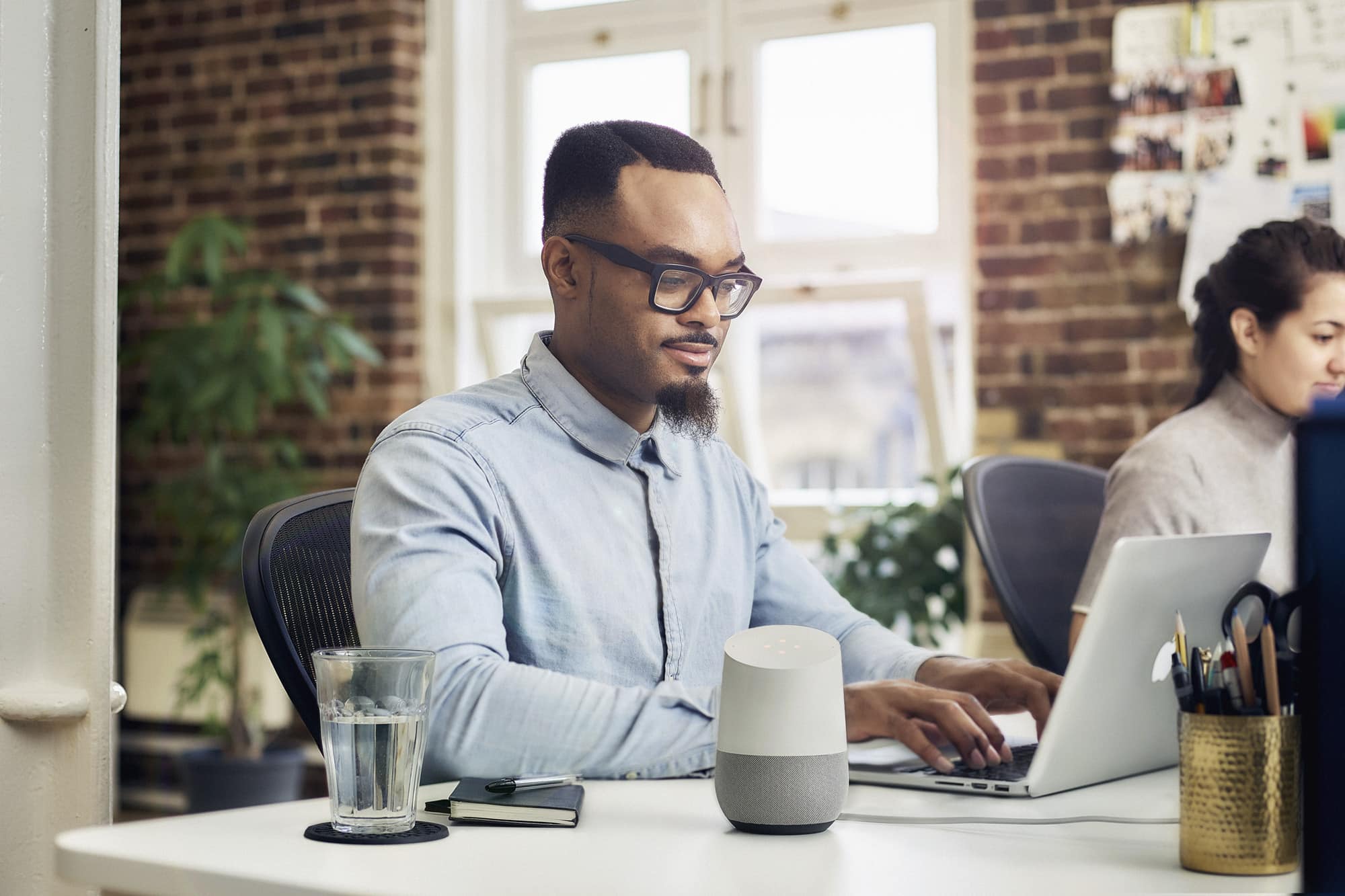From airwaves to apps: How radio stations are adapting to the digital age

Radio has long been a beloved medium, bringing music, news, and entertainment to listeners around the world.
However, the digital revolution has transformed how we consume media, and radio stations are no exception. Today, radio is not just about tuning in via traditional airwaves; it’s about apps, streaming, and interactive experiences. This article explores how radio stations are adapting to the digital age and what this means for listeners.
The Shift to Digital Platforms
The transition from traditional broadcasting to digital platforms has been one of the most significant changes in the radio industry. Many radio stations now offer streaming services via their websites and dedicated apps, making it easier for listeners to tune in from anywhere in the world.
Key Advantages of Digital Platforms:
- Accessibility: Listeners can access their favourite stations from their smartphones, tablets, or computers, removing geographical limitations.
- On-Demand Content: Digital platforms often provide on-demand content, allowing listeners to catch up on missed shows or listen to podcasts at their convenience.
- Enhanced Interaction: Apps and online platforms offer interactive features such as live chats, social media integration, and requests, making the listening experience more engaging.
The Role of Apps in Modern Radio
Radio apps have become essential tools for stations looking to reach a broader audience. These apps are designed to provide a seamless listening experience, often with additional features that traditional radio cannot offer.
Features of Modern Radio Apps:
- Live Streaming: Most apps offer live streaming of radio broadcasts, ensuring high-quality audio without the interference often associated with traditional airwaves.
- Podcasts & Replays: Users can access a library of past shows, podcasts, and special broadcasts, giving them control over what they listen to and when.
- Customisable Playlists: Some apps allow users to create personalised playlists based on their favourite shows, genres, or even specific episodes.
Engaging the Digital Listener
One of the biggest benefits of digital radio is the ability to engage listeners in new and innovative ways. Social media integration, interactive features, and live events are just a few of the methods stations are using to connect with their audiences.
Interactive Features:
- Social Media Integration: Radio stations use platforms like Twitter, Facebook, and Instagram to interact with listeners, share behind-the-scenes content, and promote upcoming shows.
- Live Events: Digital platforms enable stations to host live events, such as virtual concerts or Q&A sessions with popular DJs and artists, enhancing the overall listener experience.
- Polls & Requests: Many apps include features that allow listeners to participate in polls, send song requests, or provide feedback in real time, making the experience more interactive.
Radio & Online Gaming
Interestingly, the evolution of radio parallels developments in other digital entertainment sectors, such as online gaming. For example, the rise of online live casino UK platforms shows how digital innovation can enhance traditional experiences.
- Live Streaming: Much like digital radio, online gaming platforms use live streaming technology to offer real-time gaming experiences. Players can interact with live dealers and other players, creating a dynamic and engaging environment.
- Interactive Elements: Both industries leverage interactive features to enhance user engagement. For radio, this might be live chats and social media integration; for live casino platforms, it’s real-time gaming and interactive dealer interactions.
This intersection highlights how different entertainment forms are adapting to digital trends, providing richer, more immersive experiences for their audiences.
The Future of Radio in the Digital Age
As technology continues to advance, radio stations will likely explore even more innovative ways to reach and engage their audiences. The integration of virtual reality (VR), augmented reality (AR), and enhanced AI-driven personalisation are just a few potential developments on the horizon.
Emerging Trends:
- VR & AR Experiences: Imagine attending a virtual concert or a live radio show in VR, creating an immersive experience that feels almost like being there in person.
- AI Personalisation: AI could offer highly personalised content recommendations based on listening habits, making the radio experience even more tailored to individual preferences.
Conclusion
The digital age has brought significant changes to the radio industry, making it more accessible, interactive, and engaging than ever before. From live streaming and on-demand content to social media integration and interactive features, radio stations are leveraging digital platforms to enhance the listener experience. Just as the gaming industry has adapted to digital trends, so too has radio, ensuring that it remains a relevant and beloved medium in our increasingly digital world. By embracing these innovations, radio continues to evolve, providing richer and more immersive experiences for listeners everywhere.

